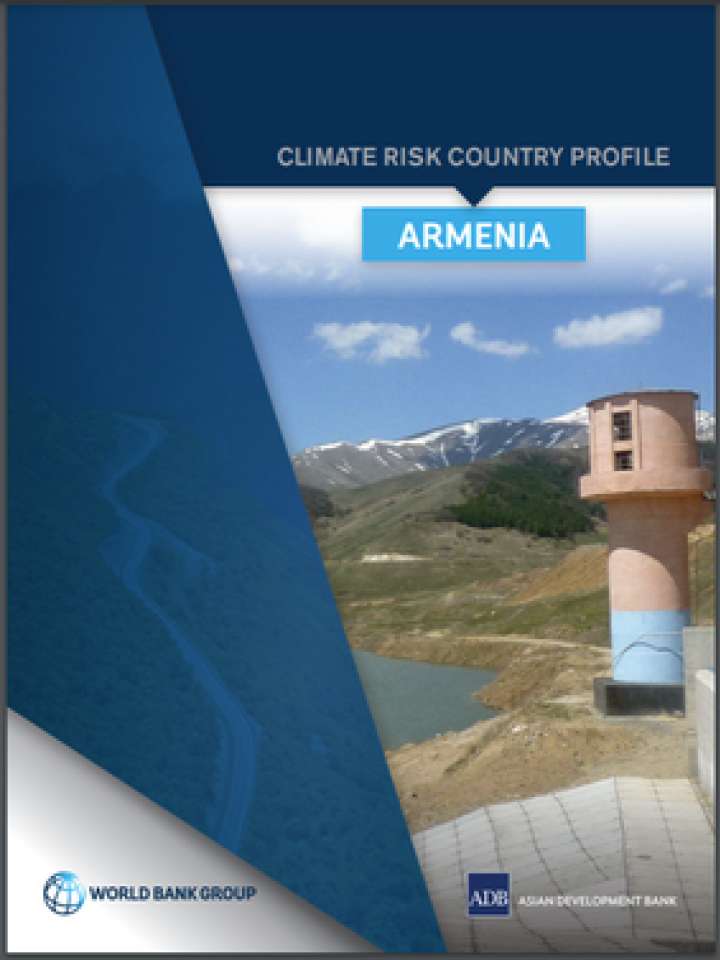Climate risk country profile: Armenia
This profile is intended to serve as public goods to facilitate upstream country diagnostics, policy dialogue, and strategic planning by providing comprehensive overviews of trends and projected changes in key climate parameters, sector-specific implications, relevant policies and programs, adaptation priorities and opportunities for further actions. Armenia is a land-locked country within the Caucasus region between Europe and Asia. Over the past decade, Armenia has transitioned from an industry-dominated to a service-dominated economy. In 2020 The Ministry of Environment delivered its Fourth National Communication on Climate Change (NC4) and its Second Biennial Report in 2018 under the United Nations Framework Convention on Climate Change (UNFCCC).
This profile features key messages, including:
- Projections suggest Armenia could experience warming at levels significantly above the global average, with potential warming of 4.7°C by the 2090s, above the 1986–2005 baseline, under the highest emissions pathway (RCP8.5).
- Increased drought risk is a particular threat to poorer rural communities dependent on subsistence agriculture. As the Caucasus Glaciers will largely disappear over the 21st century, the pressure and dependence on water management infrastructure is expected to also grow significantly.
- The increased risk of both flood and landslide hazards demand attention on disaster risk reduction, particularly in Armenia’s poorer rural communities.
Explore further
